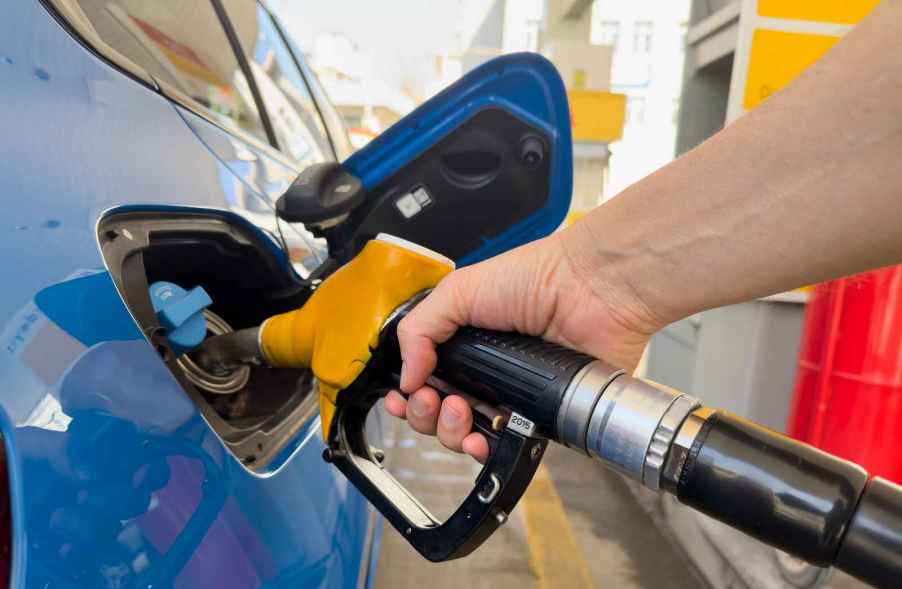
Most gas pumps force ‘residual fuel’ into your tank every time you fill up
If you follow Babs (@brunchwithbabs) on social media, I’ve recently come across a sweet couple who may very well run the automotive version of her helpful Home EC account. Nick and Norma King are “The Car Care Couple.” They post friendly maintenance advice on their Instagram page, Car Care Made Simple. Exploring their reels, I found an interesting explainer on “residual fuel.” Let’s get into it.
“Residual fuel” is the small amount of gas left over in the filler hose from the previous user.
According to the couple, the American Petroleum Institute estimates that after every fill-up, about a third of a gallon of fuel remains in the filler hose.
This means that every time you refuel your car, the “leftover” gasoline from the previous user goes right into your tank.
Depending on the gas station, the pump design might force you to put an incorrect grade of residual fuel in your tank. This is especially true if the pump only has a single hose for all of the fuel grade options.
Is that a problem?
Well, for cars…not really. After all, most modern vehicles hold 12 to 14 gallons of gas, minimum.
But, Nick argues that while the experts say mixing such a small amount of “whatever” grade into your preferred grade shouldn’t matter, it could affect some drivers.
Putting in a third of a gallon of gas might not be a big deal for most cars. However, motorcycles require 91 octane or higher. Their fuel tanks only hold about three gallons, so even a small amount of low-octane fuel can cause knocking. This is a negative combustion behavior in the form of pre-ignition (when the air/fuel mixture lights up without a spark). Over time, knocking can cause expensive-to-fix or even permanent engine damage.
In turn, motorcyclists might consider adding an octane boost at every fill-up to counteract low-grade residual fuel.



